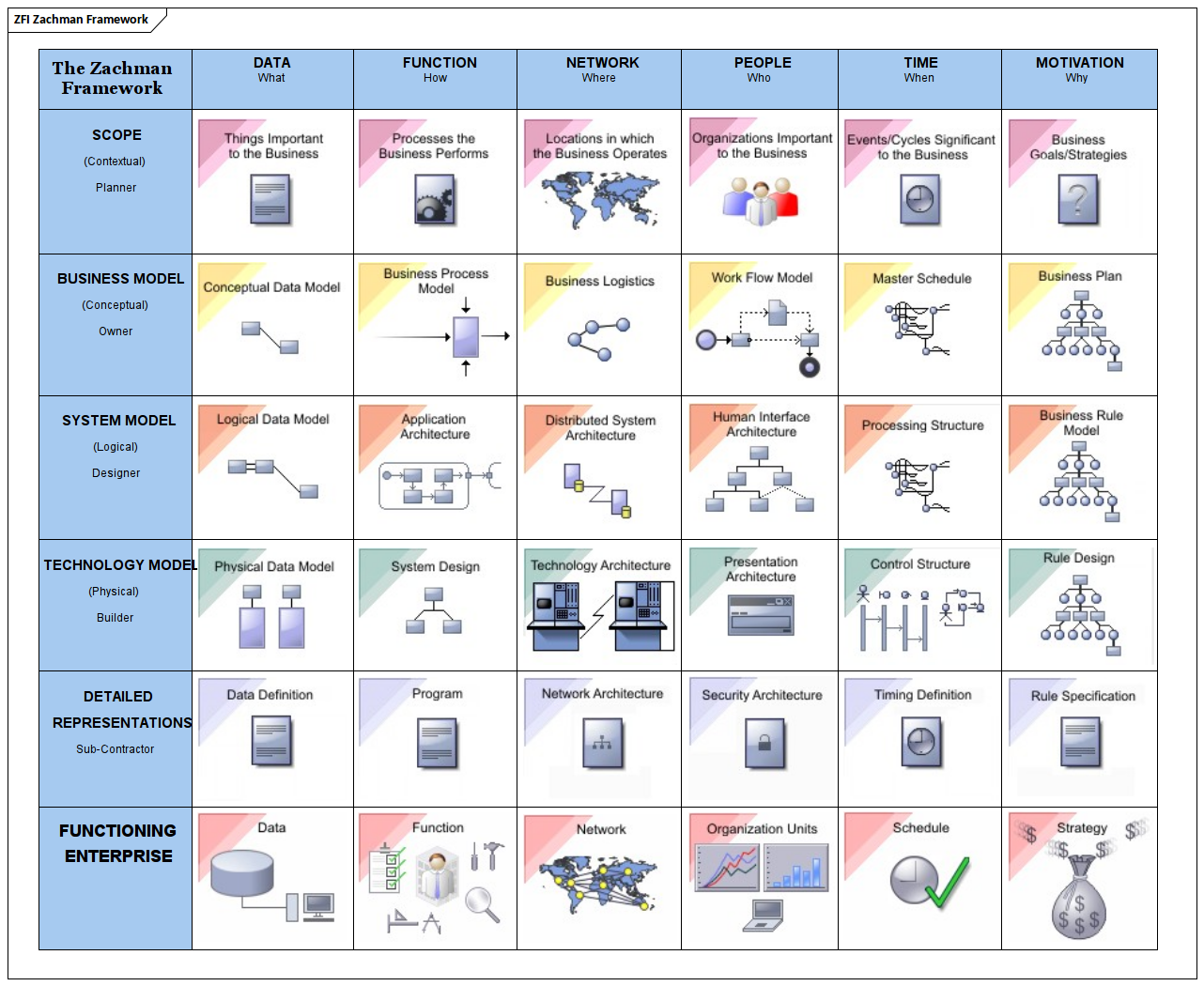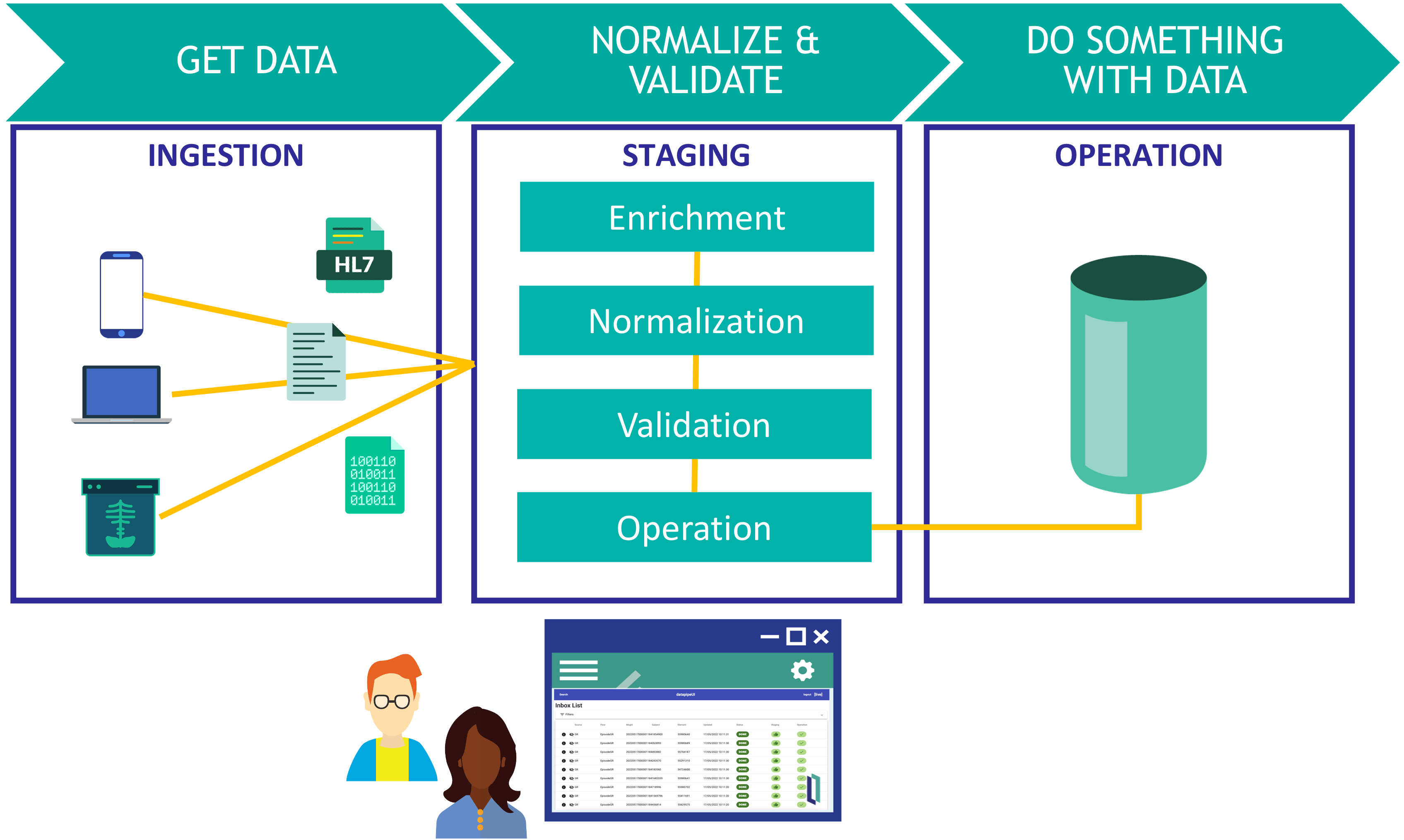In last week's discussion we created a simple graph based on the data input from one file. Now, as we all know, sometimes we have multiple different datafiles to parse and correlate. So this week we are going to load additional perfmon data and learn how to plot that into the same graph.
Since we might want to use our generated graphs in reports or on a webpage, we'll also look into ways to export the generated graphs.




